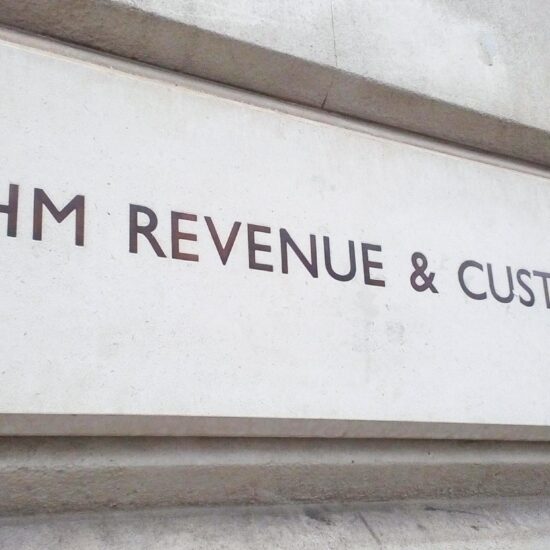The changing nature of payment solutions for accounting firms and their clients
The wealth of technology and data available to accountancy practices and their clients is vast and growing rapidly. Payment solutions are one piece of a complex jigsaw but an important consideration for informed decision-making to underpin business growth.
Payments innovation is moving at pace, and being ahead of the curve can drive cost efficiencies and help accountants take the lead when advising businesses.
NFT (Near Field Tech) for “tap to pay” payment devices is being installed in meeting rooms across the UK, providing a quick, almost instant, solution to pay for professional fees and much more. Advisory services, including accountancy, have started to offer live payment mechanisms for online sessions with clients, completing transactions with the click of a button at the end of a phone or video call.
New payments technology ultimately aims to deliver smoother and easier transactions for customers or clients and help businesses with cashflow and forecasting. In my view, it’s imperative that an expert financial or payments adviser is involved in discussions for any new or ongoing payment mechanism from the outset to appraise strengths and weaknesses and decide whether that technology is fit for purpose.
Once a decision is made, it is then essential to utilise insights to support strategy. Payment data has never been more important to businesses because it’s the key to understanding customer buying behaviour.
Data transfer and connectivity
While a good level of data can be accessed on the payment providers portal, or gateway for online/phone payments, there can also be significantly more benefits for connectivity into accounting platforms, CRMs and stock management tools. These provide greater efficiencies beyond a drop in processing fees.
The transfer of data into cloud accounting software such as Sage, Xero or QuickBooks Online is impressive and those accountancy practices embracing change are reaping the rewards – alerting clients to threats or changes ahead via analysis and intelligence pulled from payment portals.
We often hear how accountants support firms looking to expand, trade overseas or move into new markets by looking at trends available in the payments portals. Having this data means they can match up to a payments provider aligned to their objectives, so they benefit from rates and contract deals helping them to flourish.
Regulations driving transparency
Countless businesses don’t have the flexibility or control over their payments – often entangled in contracts that are lengthy and unsuitable. Until recently there has been very little transparency when it comes to implementing a payments solution.
Thankfully the Payment Systems Regulator (PSR) has started to implement changes, including terminal contracts being limited to 18 months – welcome news and a step in the right direction. However, not all providers are included currently and I would like to see this addressed.
Added to this, there have been positive changes in reporting with a simple card payment history and charges summary now mandatory for payments providers to provide. This will make it easier for advisers and businesses to interpret the charges relating to payments, so that they find it easier to compare providers. This transparency is paramount as firms require fast, trustworthy, secure payment solutions that help them to trade successfully without hidden future charges.
I’d urge accountants providing full-service advisory to be up-to-date with these changes or onboard the expert voice of a payments representative for guidance. Being equipped with this knowledge can make a difference. I’m continually championing the need for customers to be in full control of their payment facilities and I sincerely hope that more will do so.
The pitfalls to avoid and predictions for the future
In the early days, the payments industry was pretty much about cost saving and the price of a card machine. Today, we spend much more time understanding what a business has in place and how they will communicate with paying customers.
One of the biggest pitfalls businesses find is being swept into a decision for a payment solution reactively because, for example, a new website is being launched. My advice is to proactively take control and seek options that provide as much flexibility to make changes as they are needed.
There is no extra cost to using a website platform that provides this future flexibility and control around payments and indeed other integrations that can add value to a business. Too many software solutions tie in with just one or two payment providers, leaving a business vulnerable to price increases and non-competitive pricing.
Scheduling a review of payment solutions across each business touchpoint every 18 months is essential to interrogate the dozens of options available and how different providers could add value to an accountancy practice or a client’s business. Accountants can help, especially if the business doesn’t have a finance director or equivalent in place. It’s important to carry out this regular due diligence.
Bright future for payments
As for the future, I’m excited by the changes I’m seeing in payments. Access to affordable and beneficial solutions for businesses of all types and sizes is much improved. Open Banking provides an additional payment method for instant pay by bank on website checkouts, payment links with invoices and card machines in retail spaces. With a cost comparison of circa 0.4% compared to a business credit card at 1.9%, plus reducing chargeback risk, this is a payment that all businesses should consider.
The future of payments is bright. Accountancy practices have an integral part to play as trusted advisors working alongside those business owners who can reap the rewards, save money and time and plan for their future.







